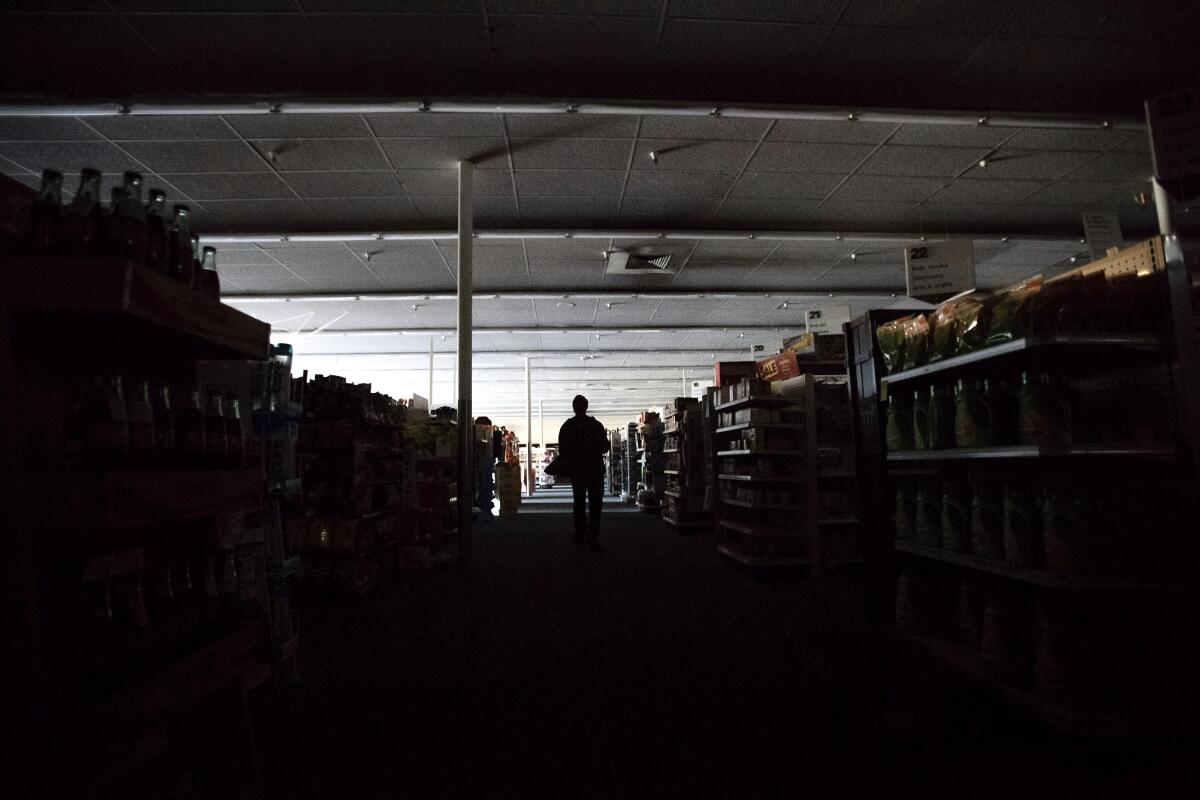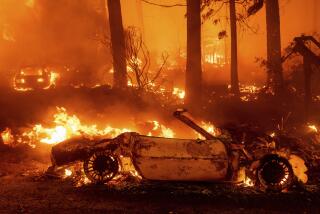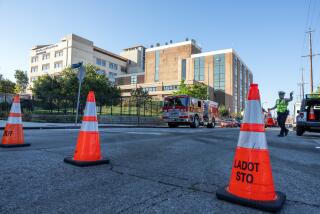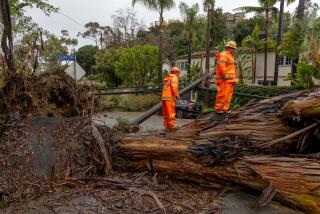PG&E executive admits errors in power outages as utility struggles to restore electricity

As Pacific Gas & Electric worked to restore power across Northern California, the utility’s chief executive admitted a flaw in how the company handled the much-criticized blackouts experienced by about 2 million people.
“There are many things we need to do better than we did this time. Communicate better, with as much notice as possible, as much clarity as frequently as possible,” CEO Bill Johnson said. “We did not deliver on that commitment at this time. Our website crashed. Maps were inconsistent or incorrect.”
PG&E said Friday it had restored power to about half its customers but more than 300,000 remained without electricity.
His comments came amid growing attacks on PG&E over the outages, which were designed to prevent wind-driven fires caused by downed utility lines. PG&E lines have been responsible for some of California’s most devastating blazes.
Gov. Gavin Newsom attacked the utility for causing widespread disruptions.
“What’s happened is unacceptable. And it’s happened because of neglect. It’s happened because of decisions that were deferred, delayed or not made by the largest investor-owned utility in the state of California and one of the largest in the nation,” he said at a news conference. “This current operation is unacceptable. The current conditions and circumstances are unacceptable.”
On Friday, the governor said the state Public Utilities Commission has launched a review of the massive power blackouts.
“We’re going to go through a very formal process with the PUC of assessing all of the nuances and details in real time,“ Newsom told reporters in his office. “Right now, our No. 1 job is getting everybody back on line. And while we have seen a lot of progress in the last 24 hours, it’s still not good enough.”
The PG&E blackout marks the largest power shut-off to date as California utilities attempt to reduce the risk of wildfires that have charred thousands of acres, caused billions of dollars in damage and spurred cries for widespread change in how electricity is delivered over the state’s aging grid.
Equipment malfunctions have been tied to some of the state’s most destructive and deadliest fires, including the 2017 wine country blazes and last year’s Camp fire, which devastated the town of Paradise and killed 85 people.
In January, PG&E filed for Chapter 11 bankruptcy protection, anticipating multibillion-dollar legal claims stemming from the Camp fire, which also destroyed nearly 14,000 homes. A month later, officials at the utility acknowledged that its equipment probably sparked that blaze.
At a news conference Wednesday evening, PG&E officials signaled that these types of massive shut-offs during fire season might be the new normal.
“We weigh the level of exceptional risk, wind, vegetation, and we determined we must have zero risk of a spark,” Johnson said.
The utility has said its distribution lines are imperiled at 45 mph. The transmission lines — which are bigger, longer and carry more voltage — are at risk with winds above 55 mph. In this week’s case, the winds were forecast to hit those thresholds above grass and vegetation that were at “critical levels” of dryness, Johnson said.
But in the end, the wind threats didn’t materialize as expected. Of the 33 counties affected by PG&E outages, 21 experienced gusts above 45 mph. Fifteen counties had winds that exceeded 50 mph.
“So we faced a choice between hardship on everyone or safety, and we chose safety,” Johnson said. “I do apologize for the hardship this caused, but I think we made the right call on safety.”
Sumeet Singh, vice president of PG&E’s community wildfire safety program, said customers should anticipate similar shutdowns in the future until the utility has finished its wildfire safety plan.
Many firefighting resources that had been on standby in Northern California amid the blackouts and fire watches have been sent south to assist with fires burning there, including the Saddleridge fire that charred 4,700 acres in the San Fernando Valley overnight.
“We are not out of the woods — literally or figuratively — in terms of our fire suppression and prevention,” Newsom said.
The Associated Press contributed to this report.
More to Read
Sign up for Essential California
The most important California stories and recommendations in your inbox every morning.
You may occasionally receive promotional content from the Los Angeles Times.













